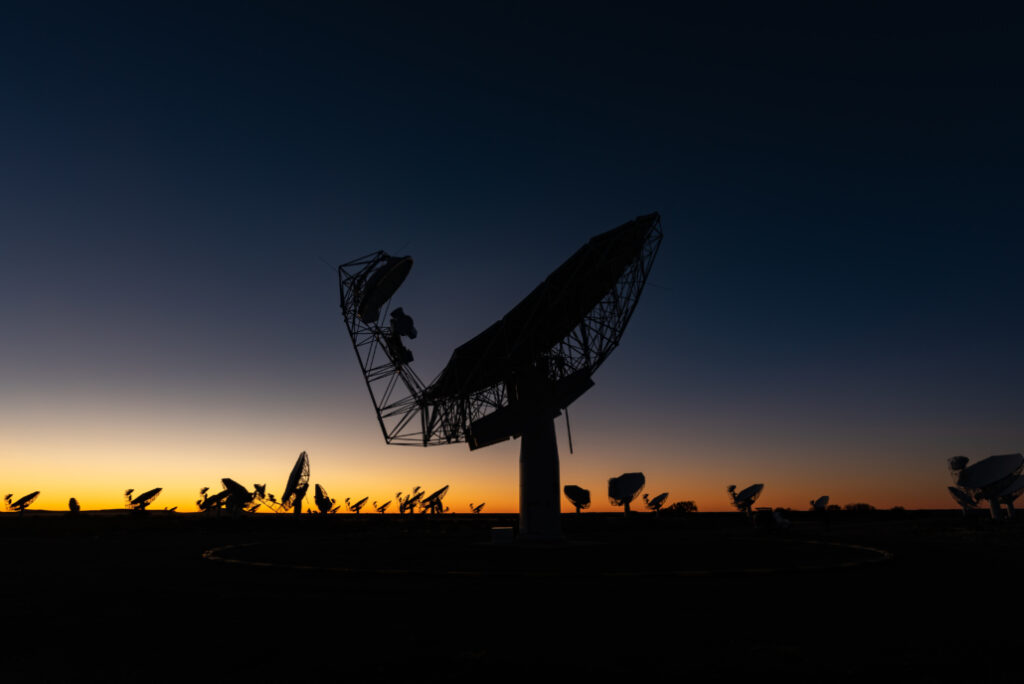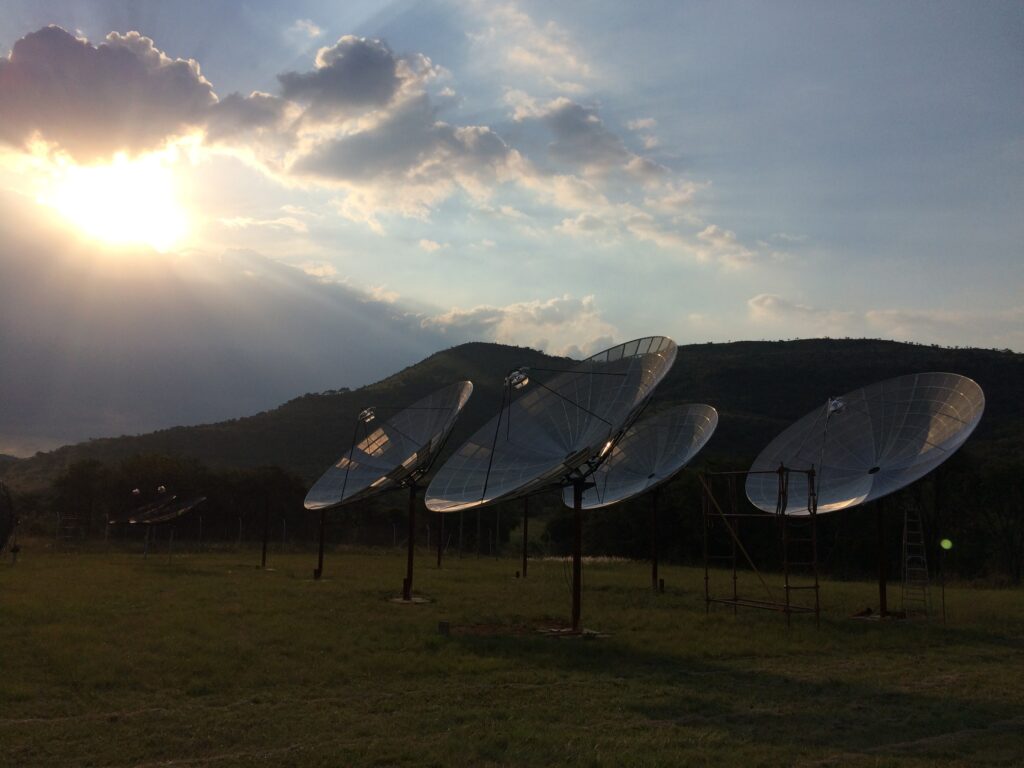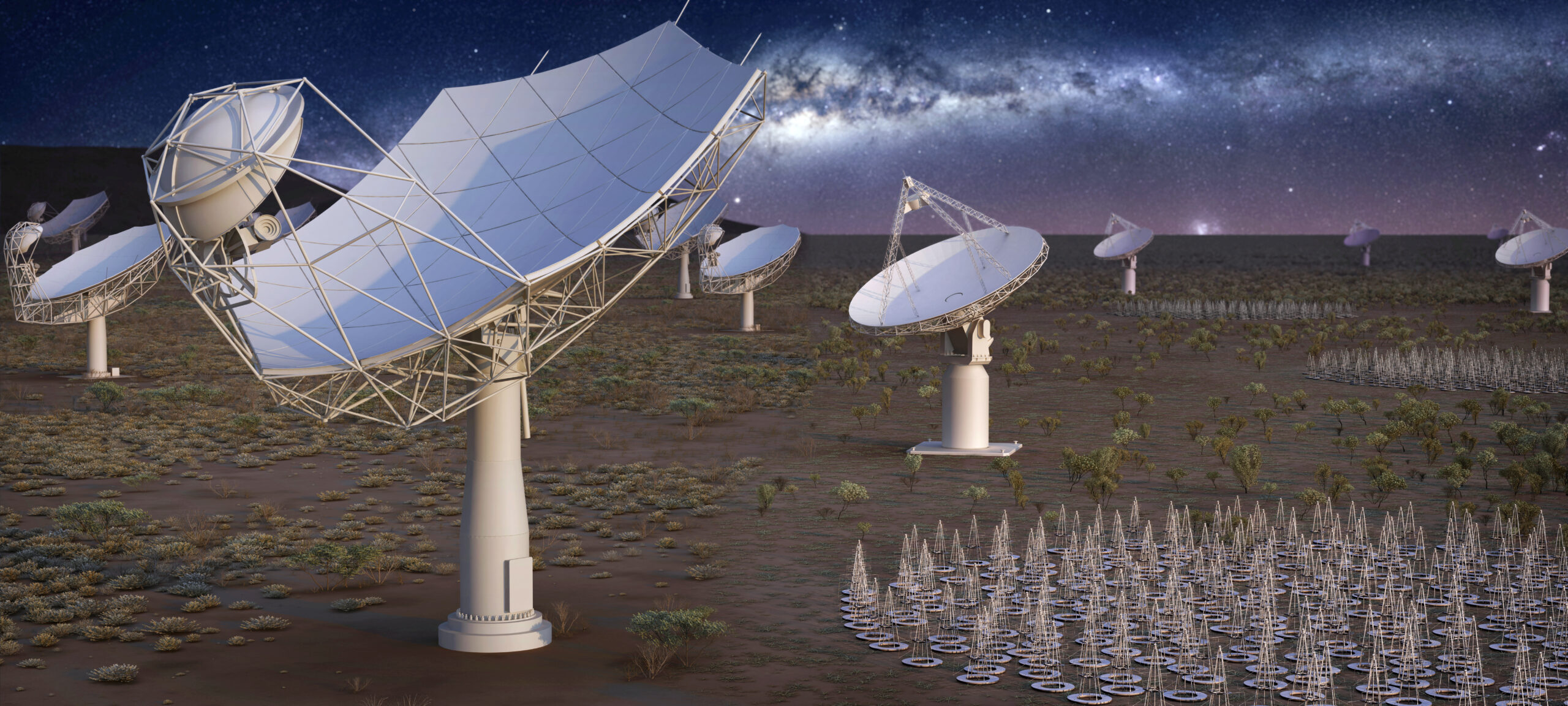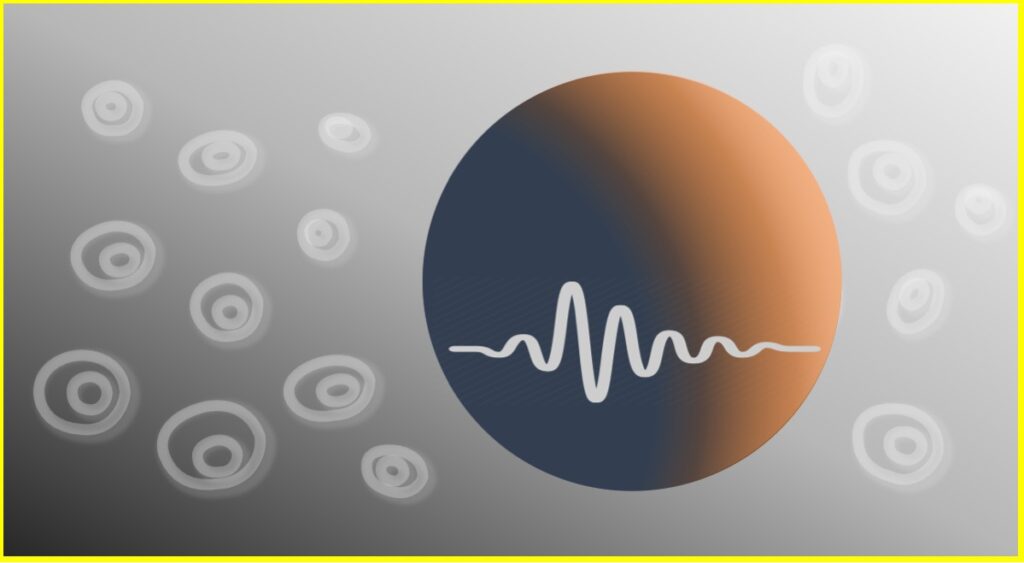AstroSignals
A New Window to the Universe, with the New Generation of Large Radio-Astronomy Facilities
ROLE OF THE INSTITUTE FOR DATA SCIENCE
> Machine learning
> Benchmarching tool for comparing image reconstruction workflows
> Techniques for data analysis
Project lead at I4DS: Prof. Dr. André Csillaghy
Partners: EPFL, ETHZ, UniGE, UniZH and international experts
Funding: Swiss National Science Foundation SNSF (SINERGIA)
Start: 2020
Duration: 4 years
Keywords: radio astronomy, big data, data science, machine learning
SUMMARY
AstroSignals addresses a new generation of large radio telescopes, including the ambitious global project Square Kilometer Array SKA currently in development. These ground-based telescopes are part of an encompassing endeavour to study fundamental questions in cosmology, such as how the very first stars and galaxies have been formed just after the big bang, the nature of dark energy and the vast magnetic fields which permeate the cosmos, and even one of the greatest mysteries known to humankind: Are we alone in the Universe?
AstroSignals unites the Swiss radio astronomy community in order to tackle the challenges and opportunities related to these new research facilities, contribute to their development and put Switzerland in a position for making the best possible use of the upcoming research opportunities. Switzerland has currently an observation status in SKA and expects to become a full member in the near future.
The new telescopes will deliver huge amounts of data. However, they will not come ready to use. The role of the Institute for Data Science in AstroSignals is to develop methods for generating science data products from radio interferometry data. We develop a benchmarking tool to test, compare and optimize image reconstruction workflows and algorithms.
PEOPLE @I4DS WORKING ON ASTROSIGNALS
OPEN RESOURCES AND RESULTS
IMAGES
 The ASKAP Radio Interferometer (2012) is located in Australia on the future SKA-site. It consists of 36 dishes of 12m in diameter each. ASKAP is a pathfinder and technology demonstrator for SKA. Credit: ATFN
The ASKAP Radio Interferometer (2012) is located in Australia on the future SKA-site. It consists of 36 dishes of 12m in diameter each. ASKAP is a pathfinder and technology demonstrator for SKA. Credit: ATFN The MeerKAT Radio Interferometer (2018) is located in South Africa. It consists of 64 dishes of 13.5m in diameter each. MeerKAT is a precursor of SKA and will finally be incorporated into the overall structure. Credit: SARAO
The MeerKAT Radio Interferometer (2018) is located in South Africa. It consists of 64 dishes of 13.5m in diameter each. MeerKAT is a precursor of SKA and will finally be incorporated into the overall structure. Credit: SARAO The HIRAX interferometric array is currently under construction in South Africa. It will consist of 1024 dishes of 6m in diameter each. A prototype has been completed in 2017. Credit: Bensaliw
The HIRAX interferometric array is currently under construction in South Africa. It will consist of 1024 dishes of 6m in diameter each. A prototype has been completed in 2017. Credit: Bensaliw
An artist’s impression of SKA at night. Credit: SKA
The Square Kilometre Array (SKA) project is an international effort to build the world’s largest radio telescope. It will consist of thousands of dishes and up to a million low-frequency antennas situated in South Africa and Australia, eventually covering over a square kilometer of collecting area.
